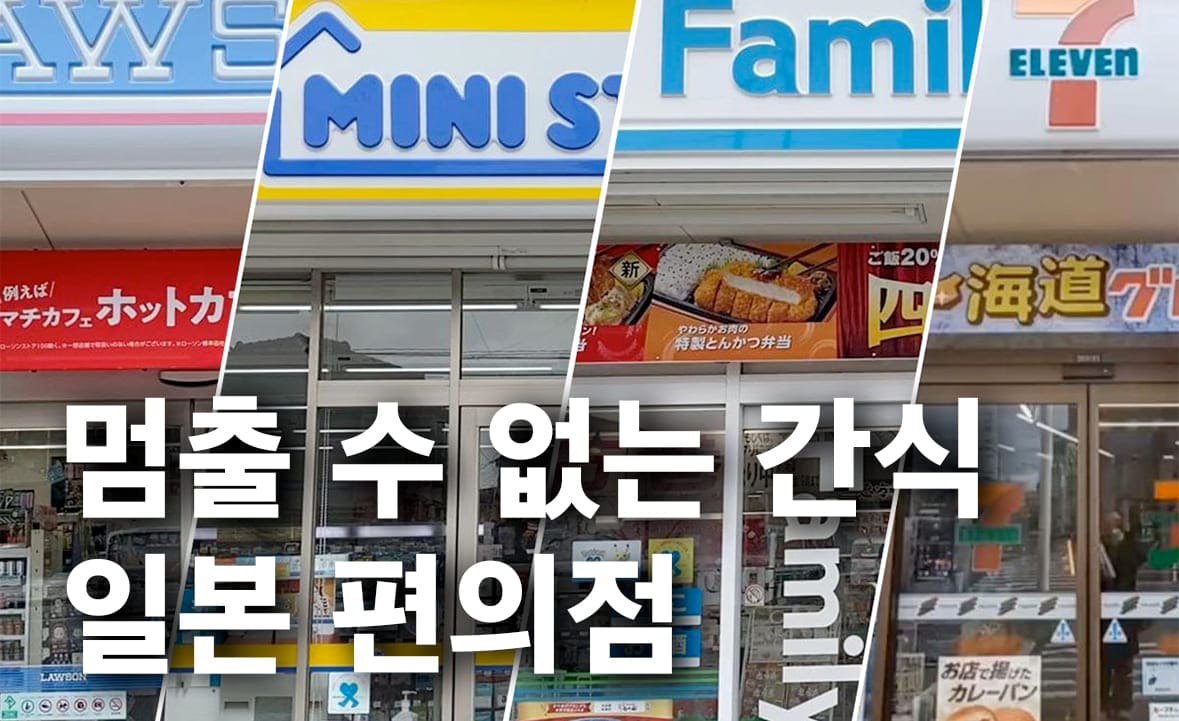Forex Trading
What are SPACs? How do they work risks + benefits
More changes are sure to come, which means that sponsors, investors, and targets must keep informed and vigilant. It is simply a guide for businesspeople considering a move into this rapidly evolving (and for many, unfamiliar) territory. Special purpose acquisition companies, or SPACs, have been around in various forms for decades, but during the past two years they’ve taken off in the United States. In 2019, 59 were created, with $13 billion invested; in 2020, 247 were created, with $80 billion invested; and in the first quarter of 2021 alone, 295 were created, with $96 billion invested. In 2020, SPACs accounted for more than 50% of new publicly listed U.S. companies.
Morgan offers insights, expertise and tools to help you reach your goals. Compared with traditional IPOs, SPACs often offer targets higher valuations, less dilution, greater speed to capital, more certainty blackbull markets review and transparency, lower fees, and fewer regulatory demands. In fact, there are so many opportunities that some investors might be more comfortable buying an entire basket of blank-check companies.
Please read more about SPACs and our SPAC services on our dedicated SPACs website.
Those launching SPACs aren’t just former CEOs or private equity investors anymore. Celebrities, like Colin Kaepernick, Shaquille O’Neal, Tony Hawk, and Jay-Z, have gotten in on the action. The US Securities and Exchange Commission has even taken notice of the trend and opened an inquiry into the craze. Returns from SPACs may not meet expectations offered during the promotion stage. Strategists at Goldman Sachs noted in September 2021 that of the 172 SPACs that had closed a deal since the start of 2020, the median SPAC had outperformed the Russell 3000 index from its IPO to deal announcement.
- This rebate will be deducted from your cost to place the trade and will be reflected on your trade confirmation.
- According to Ari Edelman, a partner at Reed Smith who specializes in SPACs, these people are typically confident in their network and their ability to make a deal happen.
- “Sending a spacecraft to the Moon is not easy,” Nicky Fox, a rocket scientist and NASA science administrator, said on X, at the time soon after the fuel leak was discovered.
- Regulators decoupled those rights (i.e., investors could vote yes or no against a deal and still redeem their shares).
Work with a team of fiduciary advisors who will create a personalized financial plan, match you to expert-built portfolios and provide ongoing advice via video or phone. But if an investment you’re considering has run to ludicrous valuations, don’t feel compelled to chase cityindex.com reviews – there’s seemingly always another SPAC opportunity waiting right around the corner. A month later, the commission released an updated bulletin to further educate investors about SPACs. “This is unlike anything else in my career,” Grantham told Financial Times.
Overview of going public using a SPAC
Many celebrities, including entertainers and professional athletes, became so heavily invested in SPACs that the SEC issued an Investor Alert in March 2021, cautioning investors not to make investment decisions based solely on celebrity involvement. In some cases, some of the interest earned from the questrade review trust can serve as the SPAC’s working capital. After an acquisition, a SPAC is usually listed on one of the major stock exchanges. The S1 includes information about the SPAC’s shareholders, board members, size of IPO, cost structure and its acquisition strategy, as well as statutory information.
So unsurprisingly, the rapid rise in SPACs’ popularity have come with some wild price swings. And they’re still attracting plenty of investor interest, even after some of the early-year’s froth wore off. While SPACs can be used to bring any sort of company public, they’re frequently being used to merge with companies in emerging fields.
When a blank-check company does go public, it usually sells “units,” almost always at $10.00 per share. These units often include a share of common stock, but also a fraction of a warrant allowing investors to buy a common share at some point in the future, typically with an exercise price of $11.50 per share. Investors who pony up that initial sawbuck will see their capital go onto the company books as cash. When issuing the IPO, the management team of the SPAC contracts an investment bank to handle the IPO. The investment bank and the management team of the company agree on a fee to be charged for the service, usually about 10% of the IPO proceeds.
A company may also opt for a SPAC over an IPO to democratize the stock purchasing process. Since SPACs themselves are public companies basically from the beginning, anyone can by extension invest in the private companies they’ll acquire at a relatively low price of about $10 a share. Despite the investor euphoria, however, not all SPACs will find high-performing targets, and some will fail. As an investment option they have improved dramatically, especially over the past year, but the market remains volatile.
For example, the team would receive 2.5 million shares on top of the 10 million shares issued in the IPO. But those 2.5 million shares won’t be worth anything until the SPAC merges with a private company. The founders and sponsors provide the starting capital for the company and they stand to benefit from a sizeable stake in the acquired company. When the SPAC raises the required funds through an IPO, the money is held in a trust until a predetermined period elapses or the desired acquisition is made. Therefore, a SPAC doesn’t conduct any business, does not sell anything and typically only holds the money raised in its own IPO. Also known as blank check companies, SPACs have existed for decades, but their popularity has soared in recent years.
The SPAC finance money that’s raised is put into a trust account until the target company is found and a merger or acquisition takes place. A SPAC floats an IPO to raise the required capital to complete an acquisition of a private company. The capital is sourced from retail and institutional investors, and 100% of the money raised in the IPO is held in a trust account. In return for the capital, investors get to own units, with each unit comprising a share of common stock and a warrant to purchase more stock at a later date. Generally, a SPAC is formed by an experienced management team or a sponsor with nominal invested capital, typically translating into a ~20% interest in the SPAC (commonly known as founder shares).
Are Blank-Check Companies Good or Bad?
Bonds.”Bonds” shall refer to corporate debt securities and U.S. government securities offered on the Public platform through a self-directed brokerage account held at Public Investing and custodied at Apex Clearing. The value of Bonds fluctuate and any investments sold prior to maturity may result in gain or loss of principal. In general, when interest rates go up, Bond prices typically drop, and vice versa. Bonds with higher yields or offered by issuers with lower credit ratings generally carry a higher degree of risk. All fixed income securities are subject to price change and availability, and yield is subject to change. Bond ratings, if provided, are third party opinions on the overall bond’s credit worthiness at the time the rating is assigned.
Please review its terms, privacy and security policies to see how they apply to you. Chase isn’t responsible for (and doesn’t provide) any products, services or content at this third-party site or app, except for products and services that explicitly carry the Chase name. Funding for education can come from any combination of options and a J.P. Morgan Advisor can help you understand the benefits and disadvantages of each one. Compare between 529 Plans, custodial accounts, financial aid and other education options to help meet your goals.
What’s a SPAC merger?
All proceeds from the IPO are held in a trust account until a private company is identified as an acquisition target. Additionally, the owners of the target company may be able to negotiate a premium price when selling to a SPAC due to the limited time window to commence a deal. Being acquired by or merging with a SPAC that is sponsored by prominent financiers and business executives provides the target company with experienced management and enhanced market visibility. The ideal acquisition would be based on the first option above, because in that case, the IPO-proceeds on trust account could be provided to the company as operation capital, after conclusion of merger.
They typically receive this extra funding via private investments in public equities (or PIPEs), usually after they’ve announced a merger target. SPACs typically use the funds they’ve raised to acquire an existing, but privately held, company. They then merge with that target, which allows the target to go public while avoiding the much longer IPO process. At that point, the entity usually is no longer known by the SPAC moniker, but by the name of the acquired company.
A prolific financial writer, Andrew Packer has helmed newsletters on small-cap value investing, early-stage investments, special situations, short-selling, covered call writing, commodity investing, and insider trading, among others. SPACs are starting to reverse that trend while offering new opportunities for investors, often in cutting-edge areas such as artificial intelligence (AI), space tourism, sports gambling and electric vehicles (EVs). While activity in the space is growing, many investors still aren’t familiar with the (admittedly complicated) nuts and bolts. This quick guide to SPACs will get you caught up on this rising area of the stock market.
Rollover your account from your previous employer and compare the benefits of Brokerage, Traditional IRA and Roth IRA accounts to decide which is right for you. Using an updated version will help protect your accounts and provide a better experience. When investing in any asset class or special situation, understanding some of the specific rules of the game can help you avoid big losses and set yourself up for outperformance. “The blistering pace of issuance is likely unsustainable,” David Kostin, Goldman Sachs’ head of U.S. equity strategy, said in a note to clients.
The SPAC merger process with a target company may be completed in as little as three to four months, which is substantially shorter than a typical traditional IPO timeline. Accordingly, a target company must accelerate public company readiness well in advance of any SPAC merger. Further, given the compressed timeline of a SPAC merger, project management is essential in order to reduce execution costs, increase project efficiencies, and provide working group participants with enhanced accountability and transparency. Once a target company is identified and a merger is announced, the SPAC’s public shareholders may alternatively vote against the transaction and elect to redeem their shares. If the SPAC requires additional funds to complete a merger, the SPAC may issue debt or issue additional shares, such as a private investment in public equity (PIPE) deal.










































